The Ministry of Defence has awarded a single source contract to Rheinmetall BAE Systems Land (RBSL) for the repair of the Challenger 2 Commanders Sighting System.
The contract, valued at £10,412,544, is set for a three-year period and will be administered from Telford and Wrekin.
According to the contract award notice, Babcock Land Defence Limited, acting as Agent to the UK MOD, negotiated the contract with RBSL. The notice states that the procurement was conducted using a negotiated procedure without prior publication under Regulation 16(1)(a)(i) of the Defence and Security Public Contracts Regulations 2011. It explains:
“It is considered this requirement can be placed using the negotiated procedure without prior publication pursuant to Article 25(1)(a) of Directive 2009/81/EC (Regulation 16(1)(a)(i) of the Defence and Security Public Contracts Regulations 2011) due to the absence of suitable tenders in response to the previous restricted procedure reference 2017/S 225-469815. The UK Ministry of Defence received a single tender response and that tender was evaluated as being technically compliant.”
The contract falls under CPV code 50630000, which covers repair and maintenance services of military vehicles.
Challenger 2 is a British main battle tank that has been a cornerstone of the United Kingdom’s armoured forces since its introduction. Developed by Vickers Defence Systems and later refined by BAE Systems Land & Armaments, the tank is renowned for its robust composite armour, advanced fire control systems, and a highly effective 120mm rifled gun.
Its design emphasises survivability and battlefield effectiveness, making it one of the most heavily protected and capable tanks in service.
Integral to the tank’s performance is its sophisticated sensor and targeting suite which enables rapid target detection, identification, and engagement, which are critical for maintaining the tank’s combat readiness in complex operational environments.



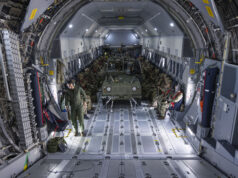
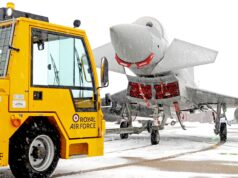


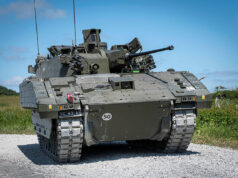
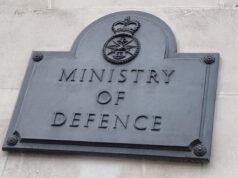
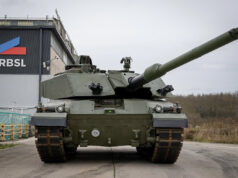
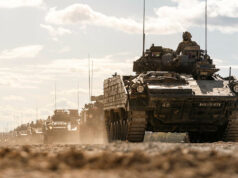
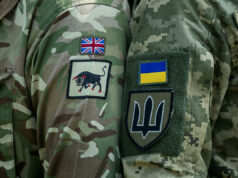
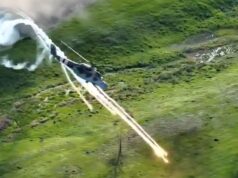

10 million for a system that’s going to be out of service in 5 years?
Is that good value??
I suspect the answer to your question will lay in the question of will this make a significant improvement should the worst come to happen and we have to fight before the C2s are upgraded to C3 configuration. Alternatively, can we really take the risk of not doing it?
From my perspective I am actually pleasantly surprised that this isn’t just going to be allowed to slide under the carpet and hopefully it will turn into a general trend where we will see other systems getting the fixes and updates that they really need sooner rather than later. I know it is a slim hope, but it’s better than no hope which seemed to be the recent trend.
It is a clear sign, combined with the power pack contract, that the fleet is being kept serviceable and not just being allowed to slide into a capability gap pending CH.
The older logic would have been that it was ‘inefficient’ to fix things close to OoS dates.
Power up your metabolism with our ZenKeto. The carefully curated blend of ingredients is designed to rev up your metabolic rate, encouraging efficient calorie burning and supporting your journey towards increased energy expenditure and
fat loss…… Click On MY Name
Not all the CR2s are being upgraded
As the battlefield landscape changes we keep refusing to accept the evidence in front of us, it was exactly the same in ww1 and ww2, we’re stuck in a comfort zone of defensive blitzkrieg, we appear to be destined once again to repeat the same historical mistakes.
The good news is we always win the last battle.
♾️❤️☮️
Lol. Yet most battles are now deleted.
There’s more to this than meets the eye. Ten million is small change in the world of defence procurement. Also It’s probably an.upgrade of the current 2 systems to the equivalent of the new system for 3, plus some networking interface to allow 2s and 3s on the same operation to share sighting information on all available targets.
I agree £10m isn’t much which is why I’d be amazed if it included tactical networking.
I’d be very pleased if it did, mind.
Sounds to me more like routine upgrading and replacement of an obsolete module. It won’t be an awful lot more than that.
That said £10 to an SME is still three years of good work.
But you might be right it might be an upgrade pathway.
Anyway a good thing.
I think it very unlikely that Chally 2s and 3s will be deployed in the same operation.
CR2 is already network enabled in this regard
Worked on the original laser sighting systems back in the 80’s at 35 base workshop. Developed byBarr and Stroud.
Did a stint there
O/T, but there’s a really informative article on EDR (European Defense Review) with the latest on Ajax.
70 of the latest capability drop have been delivered to the British Army as of January, meaning when training etc is completed IOC will be achieved.
Thanks Sam.
Thanks Sam, I had not heard how they are defining IOC for Ajax, but this is good news. I wonder if Reliability Growth Trials have now been concluded?
Is this not a waste of money as they are getting the chalky three turret upgrade?
Fixing the sights does nothing seeing as there’s no bullets for them.
I’m really sorry if I don’t understand how everything really works but what are we doing upgrading the challenge 2 and spending money on it when they are going to be upgraded to the challenger 3 I’m not the brightest mind around but for me it just doesn’t make sense to be honest and I think it is just not right but please let me know if I’m missing something or not thank you